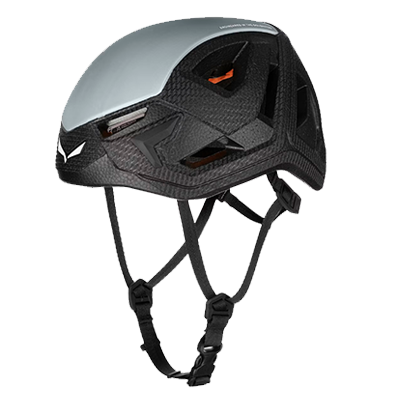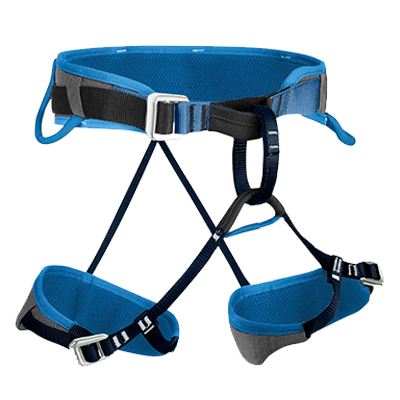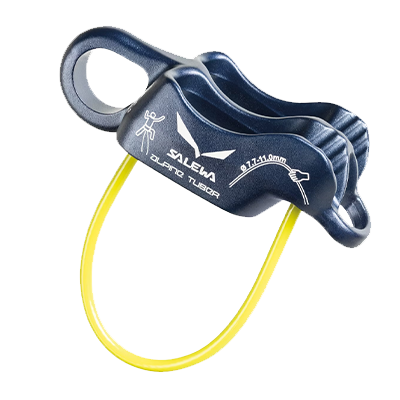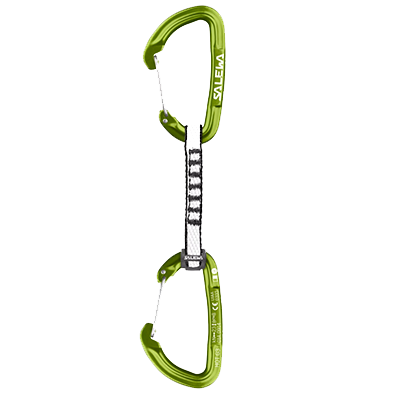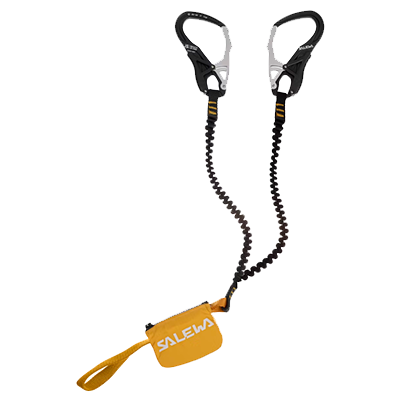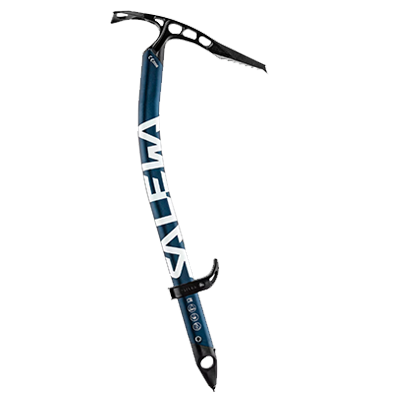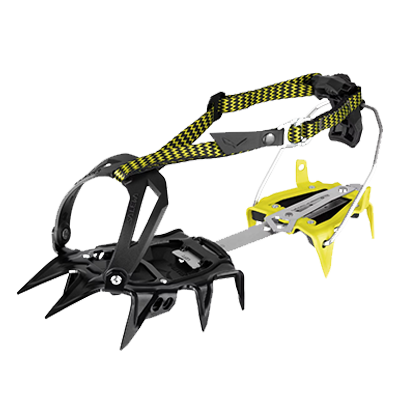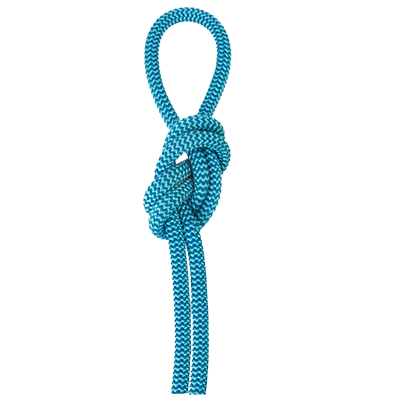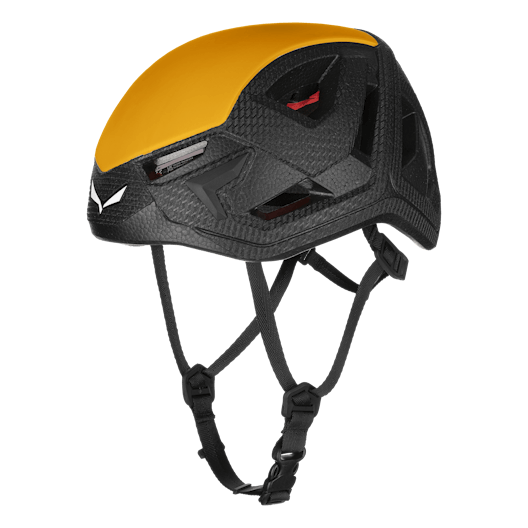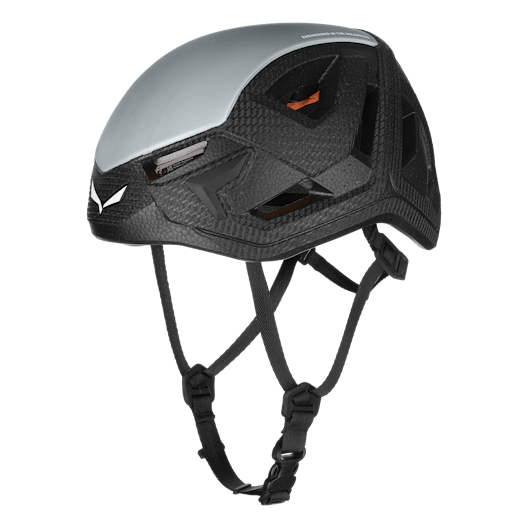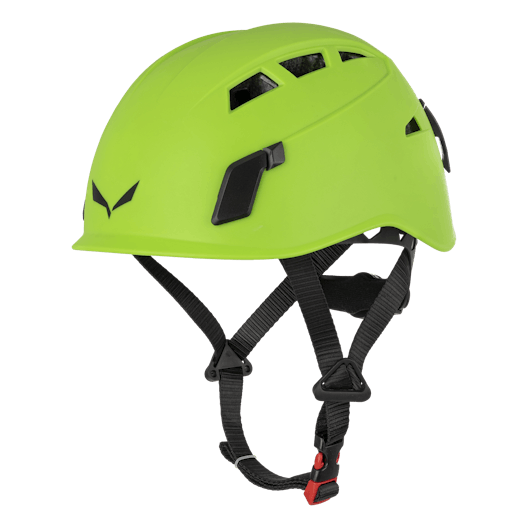- Sort byRelevance
- Price
- Color
- Size
- Availability
- Activity
Climbing Helmets
- Are climbing helmets necessary?
- What types of climbing helmets are there?
- Why do we wear helmets outside when climbing?
- What kind of impacts are climbing helmets designed for?
- How do you clean a climbing helmet?
- How long do climbing helmets last?
- Can I use a ski helmet for climbing?
- Do you need a helmet for bouldering?
- How should a climbing helmet fit?
